There were 9 villages around Verdun before World War I. Now there are none.
A 303-day battle will do that to a region, especially during that war. At Verdun alone, the Germans and the French collectively exchanged 60 million artillery shells, 300,000 deaths, and an additional 450,000 wounded or captured. ((Paul Jankowski, Verdun: The Longest Battle of the Great War (Oxford: Oxford University Press, 2013), 119, 120, 116.))
One of the 9 villages was Fleury, where there were 400 inhabitants before the war. Today, modern markers help us interpret what is no longer there.
At first, it seems like a peaceful walk. It is very green, even in the winter. But the topography is wholly unnatural, as the depressions and slopes are from artillery shells.
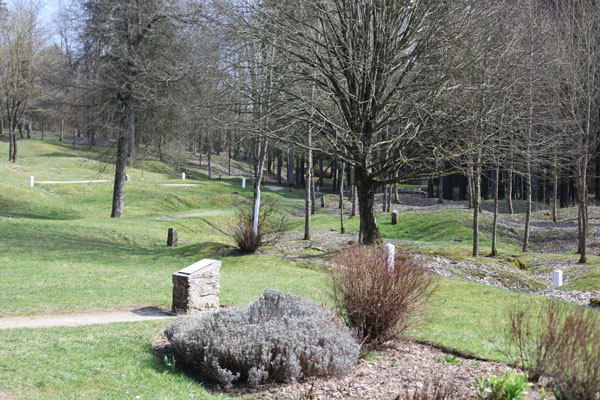
When the battle started on February 21, 1916, the Germans fired 1 million artillery shells on the first day. ((Paul Jankowski, Verdun, 10.)) The inhabitants of Fleury abandoned the village. French soldiers described how there were still meals on tables while pets and livestock wandered unattended. One story included an old lady who returned briefly for her laundry. ((Ian Ousby, The Road to Verdun: World War I’s Most Momentous Battle and the Folly of Nationalism (New York: Doubleday, 2002), 102.)) Artillery bombardments continued across the region. By March, one French captain came across the remains of Fleury, believing it looked more like a quarry than an actual village. ((Ian Ousby, The Road to Verdun, 340.))
By mid-June 1916, the French occupying the Fleury ruins told gruesome stories. The heat and constant fire took their toll and men began dying of thirst. Others took their chances by drinking from “ponds poisoned by rotting corpses.” ((Paul Jankowski, Verdun, 142.))
On June 23, 1916, nearly 4 months into the battle, the Germans began a concentrated artillery bombardment on Fleury with the intent of capturing it. The ruins of the village fell into German possession by July 11. Over the next 6 months, Fleury would change hands 16 times, eventually ending up in French possession. The aftermath is a landscape of rolling craters where there was once a town.
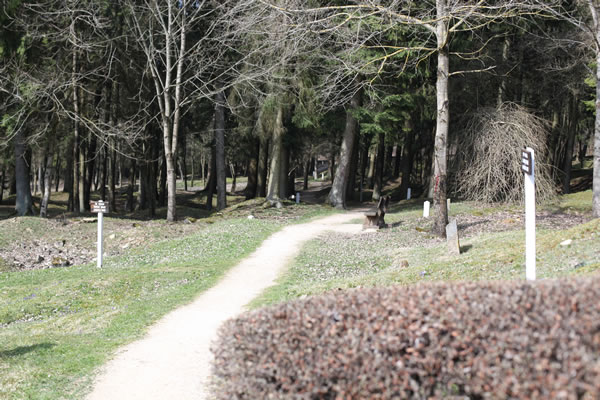
Modern markers reveal where there used to be streets.
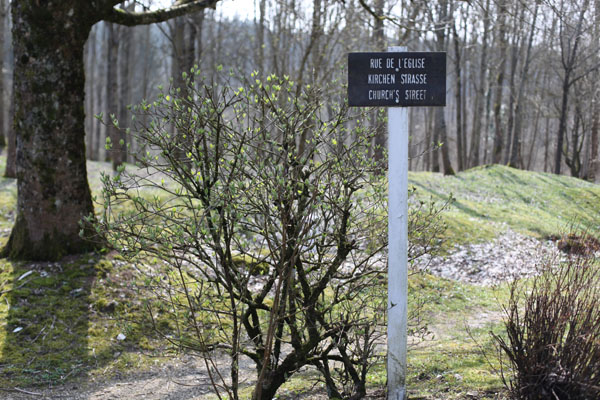

Other markers reveal where there used to be shops, farms, schools, and government buildings.
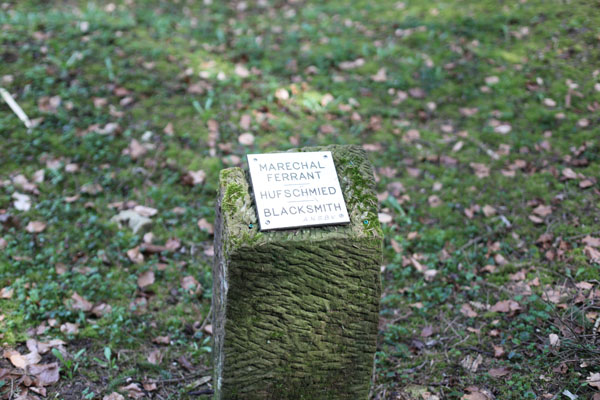
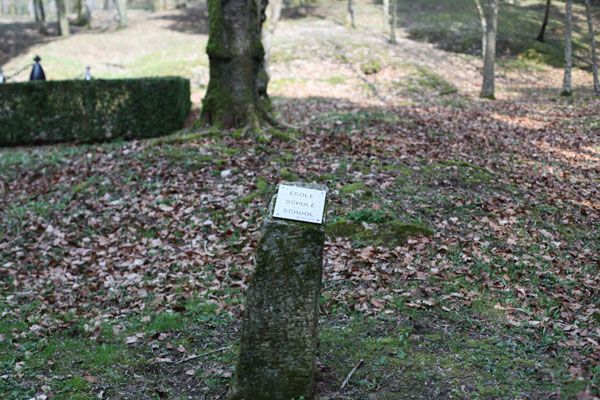
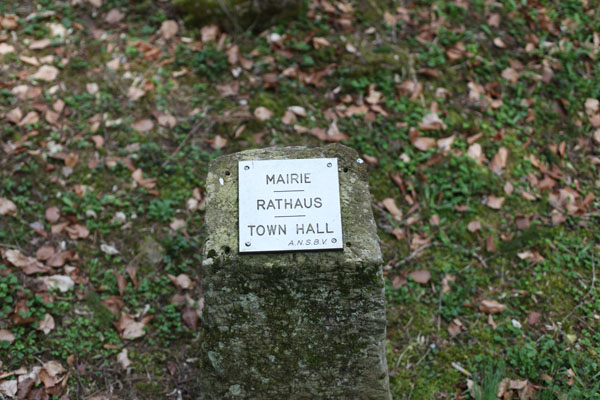
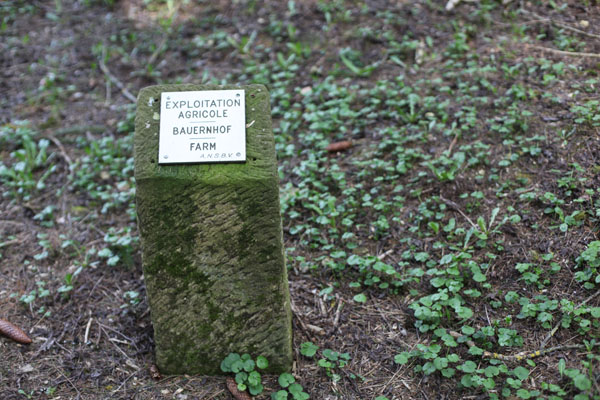
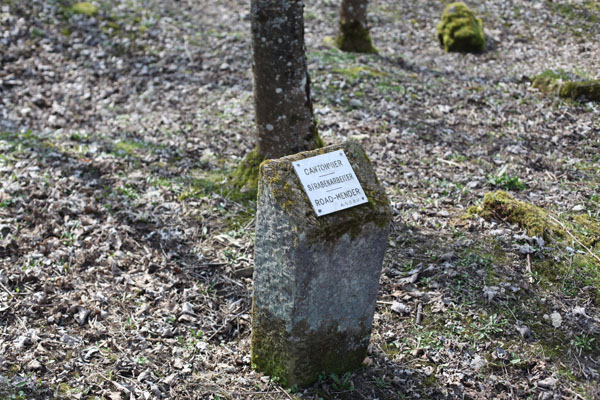
France still treats Fleury and the other 8 destroyed villages as real towns. Even though no one lives there anymore, each town has a mayor and a chapel. Descendants of the inhabitants meet each year to commemorate the towns at their respective chapels.
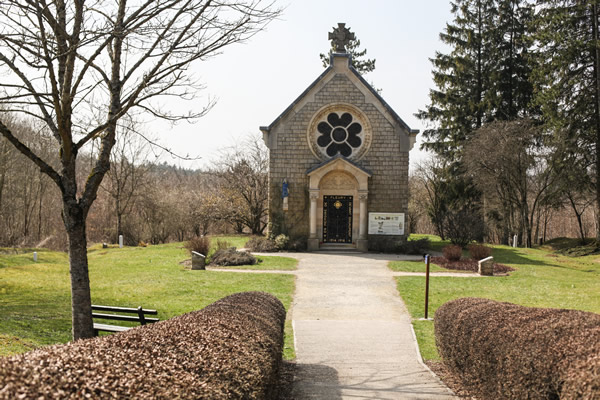
In terms of battlefield interpretation, Fleury at Verdun is unique, as it asks visitors not to imagine troop movements or even pay attention to the destruction of war, but instead to envision what the field would have been like without war.
